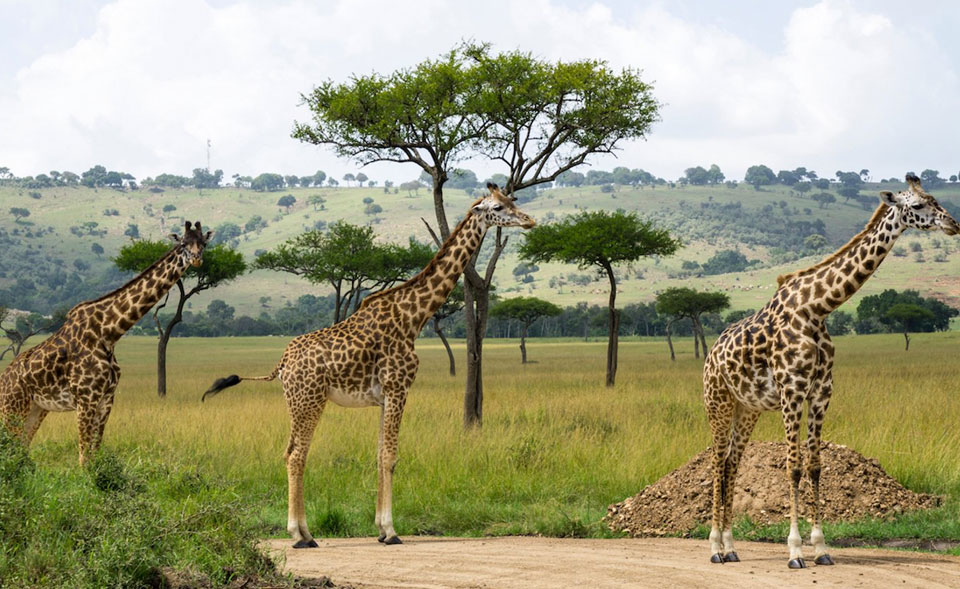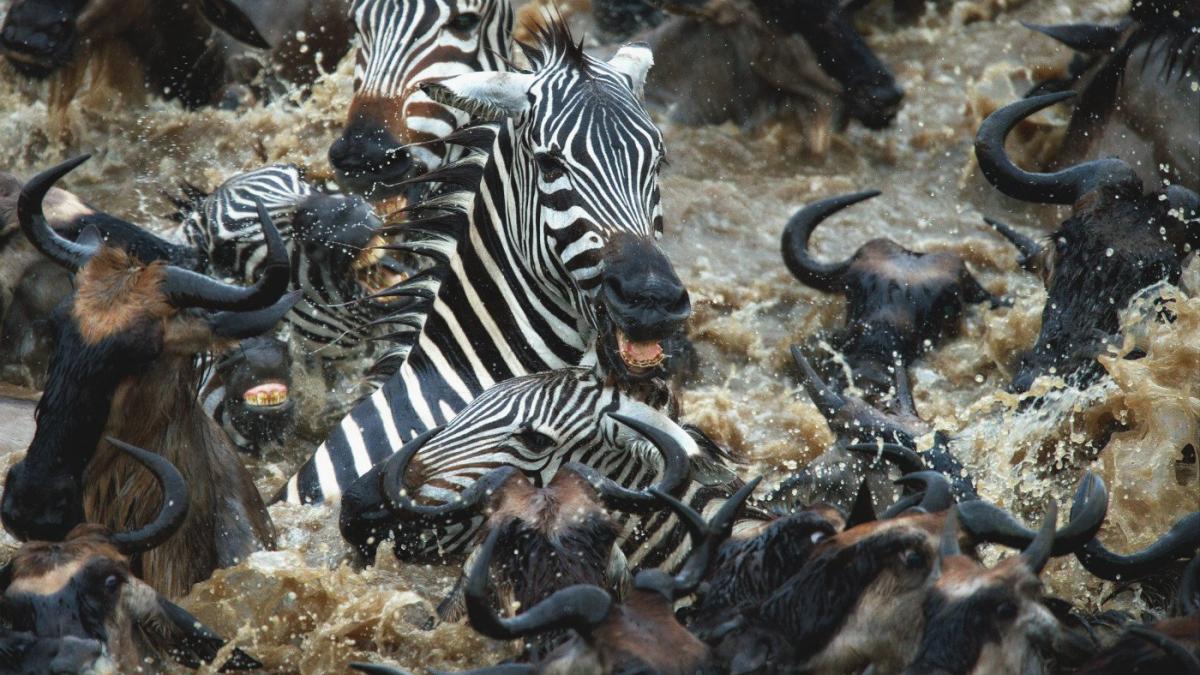Why visit Samburu National Reserve in Kenya offers a unique safari experience, distinguished by several key features. Its arid landscape, dotted with rugged hills and the Ewaso Nyiro River, provides a stunning backdrop and supports a diverse ecosystem.
Unlike other reserves, Samburu is home to rare species such as Grevy`s Zebra, Somali Ostrich, and gerenuk, often called the Samburu Special 5.
The cultural immersion aspect is another highlight, visitors can engage with the local Samburu tribes, known for their traditional practices and colorful attire, offering a glimpse into their rich heritage.
Additionally, the reserve`s less crowded environment allows for more intimate wildlife viewing, making every safari here exceptionally personal and memorable.
Samburu National Reserve is filled with wildlife, including many desert-adapted specials, Samburu is also incredibly scenic: the park is relatively compact, framed between austere, barren mountains and the fertile banks of the Ewaso Nyiro River. Samburu Game Reserve provides a fascinating cultural backdrop too.
Cons and Pros
- Very good wildlife viewing in the dry season
- Four of the Big Five are easily found.
- Beautiful Scenery
- Interesting Mammal species that you can see only in the arid.
- Excellent birding with many dry-country specials.
- A good range of accommodations.
Wildlife in Samburu Samburu National Reserve
Samburu National Reserve offers great wildlife viewing and four of the Big Five are present. Rhinos are absent, but herds of elephants cross the reserve.
Big cats including leopards are commonly seen, with some high-quality sightings possible. Most interesting are the northern Kenya specials, often called the Samburu five: Beisy oryx, reticulated giraffe, Grevys` zebra, Somali ostrich, and gerenuk. Samburu is one of the parks where you see the lesser Kundu.
Scenery
Samburu National Reserve is among Kenya’s most scenic reserves, with riverine forest along the lovely Ewaso Nyiro River. Close to the river is also where you`re most likely to see

Leopards. Near Ewaso nyiro river, dry acacia scrub and semi-arid savannah, prepared with termite mounds, take over and extend to the mountains that define the park`s northern boundary. Koitogor Hill marks the middle of the reserve.
Activities
The main activities in Samburu game reserve are guided game drives, where you`ll be driven around in a jeep safari vehicle or minivan to look for animals and birds. It may also be possible to leave the park to visit local villages in the Samburu community in the company of a local guide.
Samburu Weather
How is the best to describe Samburu National Reserve, although the average temperature is more than half at night?
Rug up if you`re heading out on an early morning game drive. The dry season (June to September lives up to its name, with almost no rain. Similarly, in good years, the wet season (October to May) turns the country a lovely shade of green.
The best time to visit Samburu National Reserve
Dust in the air in the Dry season June to September, giving the landscape a hazy look. But it`s still the best time to check out the local wildlife due to decent road conditions and little vegetation to obscure your view.
The hot, dry months of January and February are also good for seeing wildlife. Birdlife is at its most vibrant and spectacular in the wetter months which are November to April.
For more information please click this link Simba Paka Safaris.


